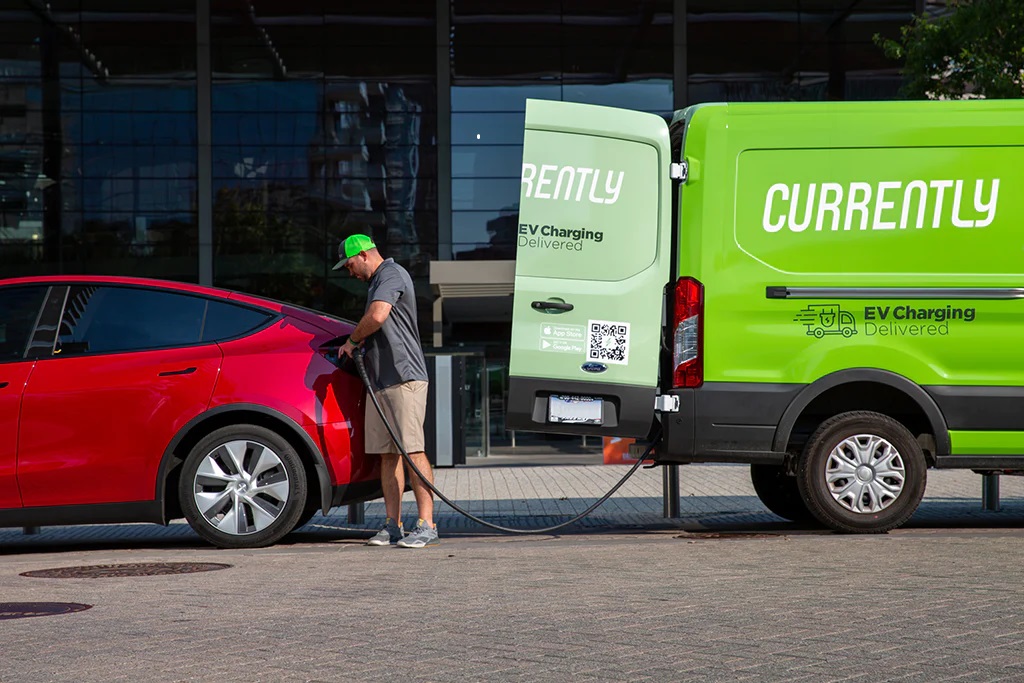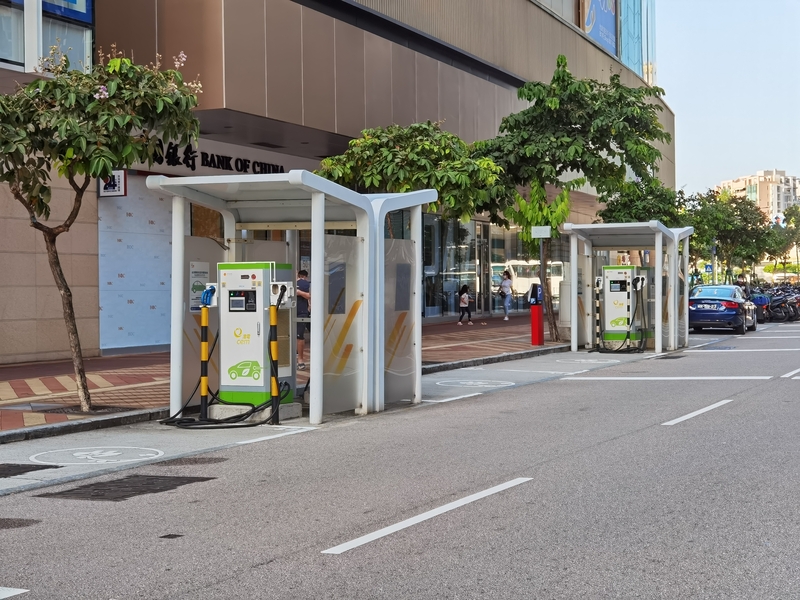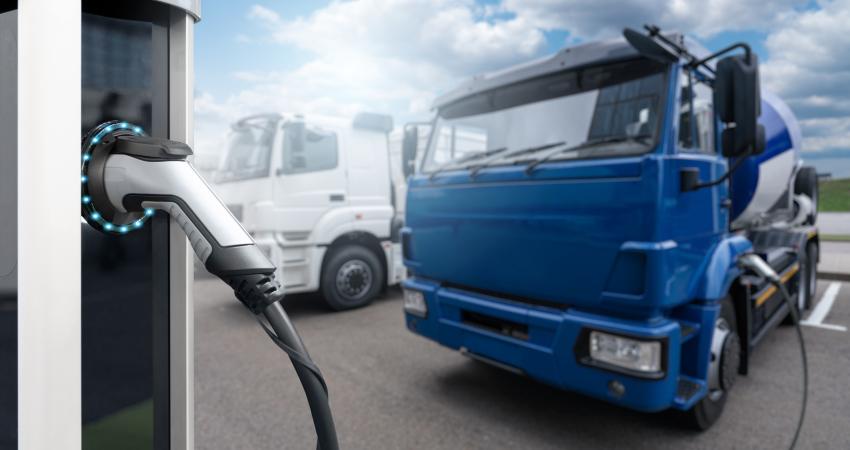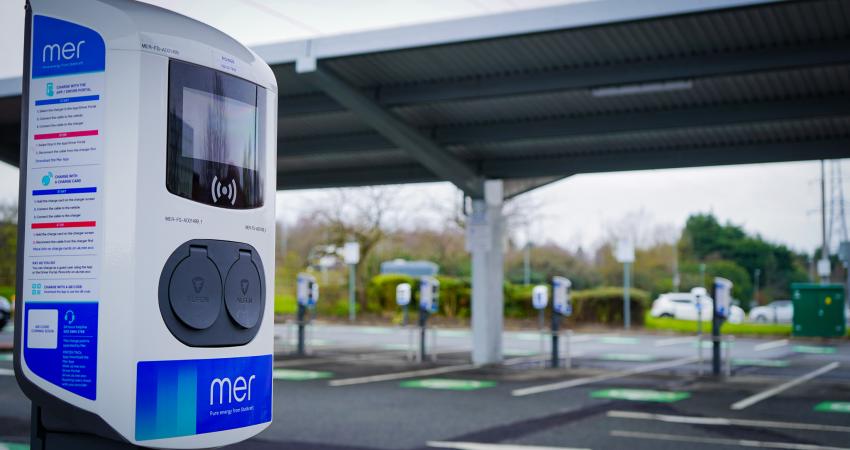
The growing number of plug-in EVs (PEVs) on the road will require a robust EV charging ecosystem. Most early adopters of PEVs have satisfied their charging needs with home chargers, but as PEV adoption increases so will the need for public charging solutions. According to the new report from Guidehouse Insights, strong growth is expected in the market for mobile EV chargers over the next decade, with revenue from mobile EV chargers estimated to reach USUS$2.4bn by 2033.
"Mobile EV charging can address gaps in the charging ecosystem and provide a flexible non-permanent charging solution that complements permanent chargers," says Jason Pandich, research analyst with Guidehouse Insights. "Utilising mobile EV chargers can help avoid costly grid upgrades associated with permanent installation, while allowing users to utilise the battery for charging during time of peak demand instead of using power from the grid."
Because mobile EV chargers can be easily transported to a location and operate without a permanent grid connection, they can be utilised for on-demand and roadside assistance. They can also be deployed on a semipermanent basis to help satisfy short-term demand, provide charging during emergency situations, or evaluate the commercial viability of a potential site for permanent chargers.
Despite their advantages, mobile EV chargers are still a developing market that faces challenges from other potential technologies. New developments in battery technologies that extend vehicle range and reduce charging times could challenge the commercial viability of mobile charging solutions. Other competition could come from technologies like vehicle-to-vehicle (V2V) power transfers or battery-integrated chargers, according to the report.
The report, Mobile EV Chargers, includes analyses from 2024 to 2033 for the sales and revenue of mobile EV chargers segmented by technology: charging vehicles, portable chargers, and temporary chargers. Revenue projections for each technology are segmented into battery and non-battery components. The potential battery capacity for new mobile EV charger sales and the total population of deployed chargers are also included. An executive summary of the report is available for free download on the Guidehouse Insights website.












